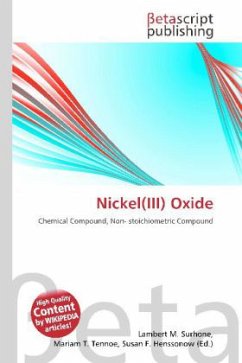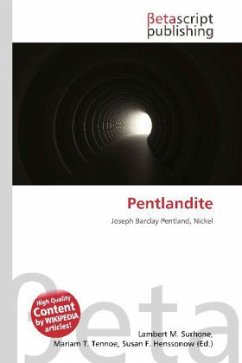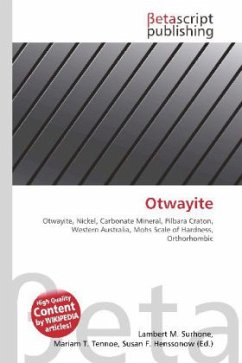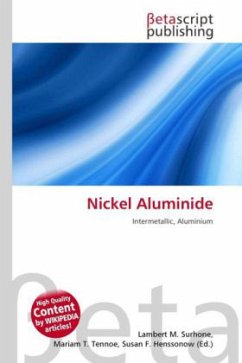Please note that the content of this book primarily consists of articles available from Wikipedia or other free sources online. Nickel(II) oxide is the chemical compound with the formula NiO. It is notable as being the only well characterized oxide of nickel (although nickel(III) oxide, Ni2O3 and NiO2 have been claimed). The mineralogical form of NiO, bunsenite, is very rare. It is classified as a basic metal oxide. Several million kilograms are produced in varying quality annually, mainly as an intermediate in the production of nickel alloys. NiO can be prepared by multiple methods. Upon heating above 400 °C, nickel powder reacts with oxygen to give NiO. In some commercial processes, green nickel oxide is made by heating a mixture of nickel powder and water at 1000 °C, the rate for this reaction can be increased by the addition of NiO. The simplest and most successful method of preparation is through pyrolysis of a nickel(II) compounds such as th hydroxide, nitrate, and carbonate, which yield a light green powder. Synthesis from the elements by heating the metal in oxygen can yield grey to black powders which indicates nonstoichiometry.
Bitte wählen Sie Ihr Anliegen aus.
Rechnungen
Retourenschein anfordern
Bestellstatus
Storno








